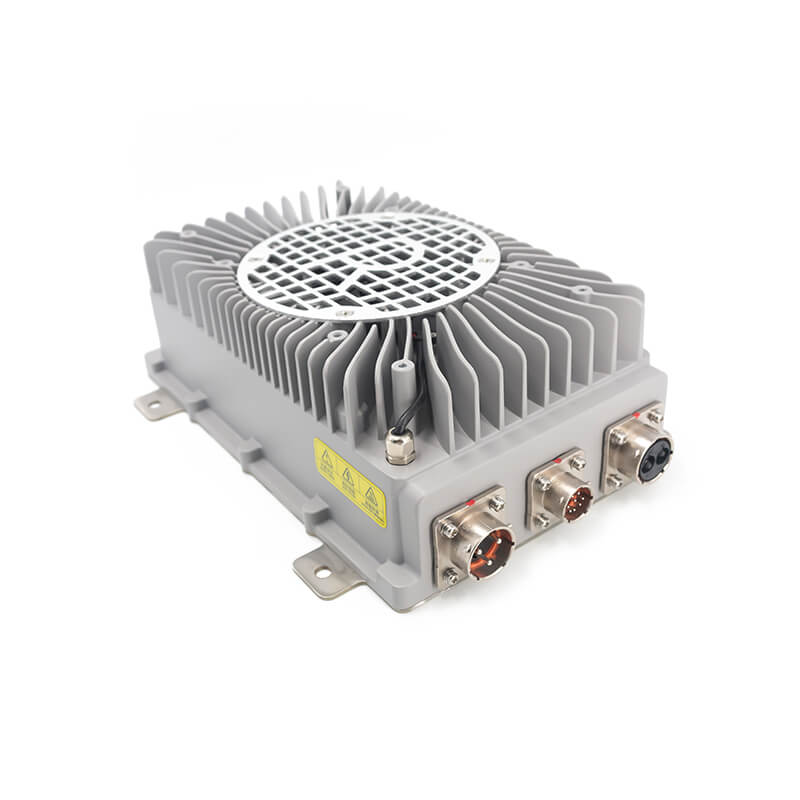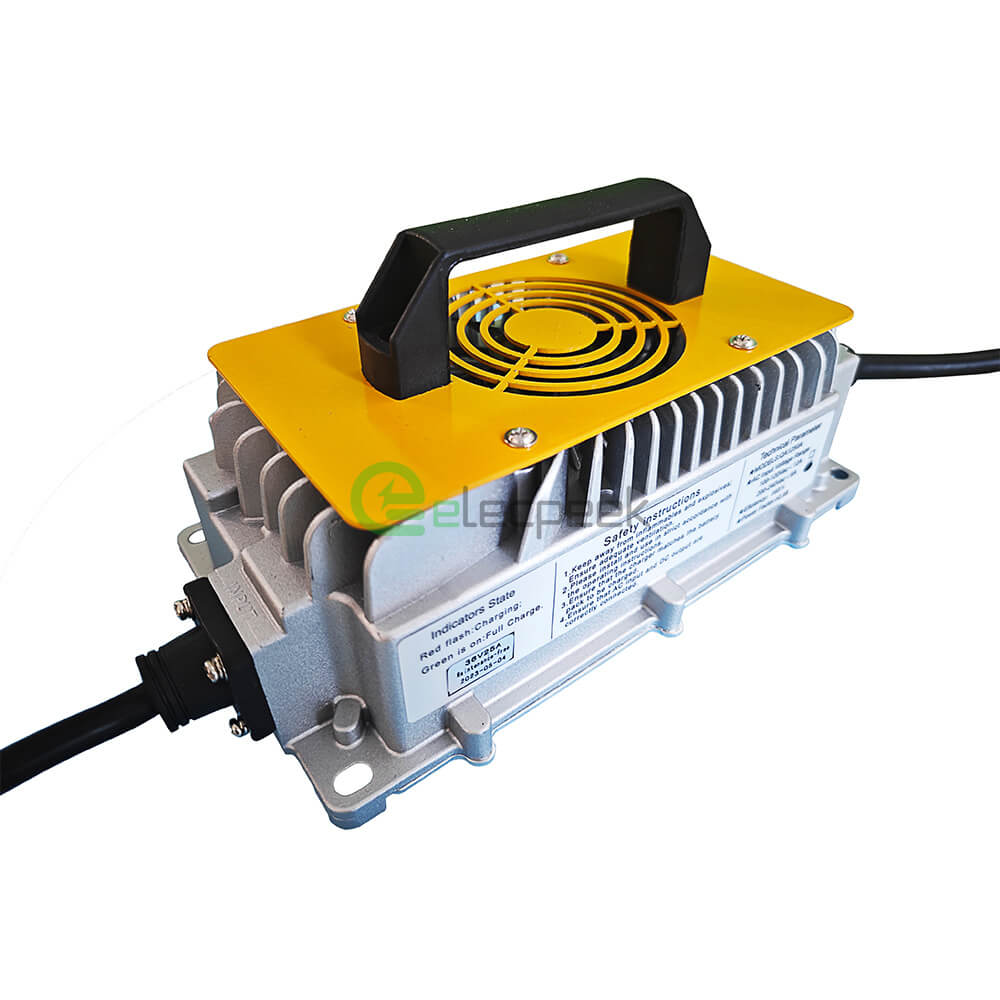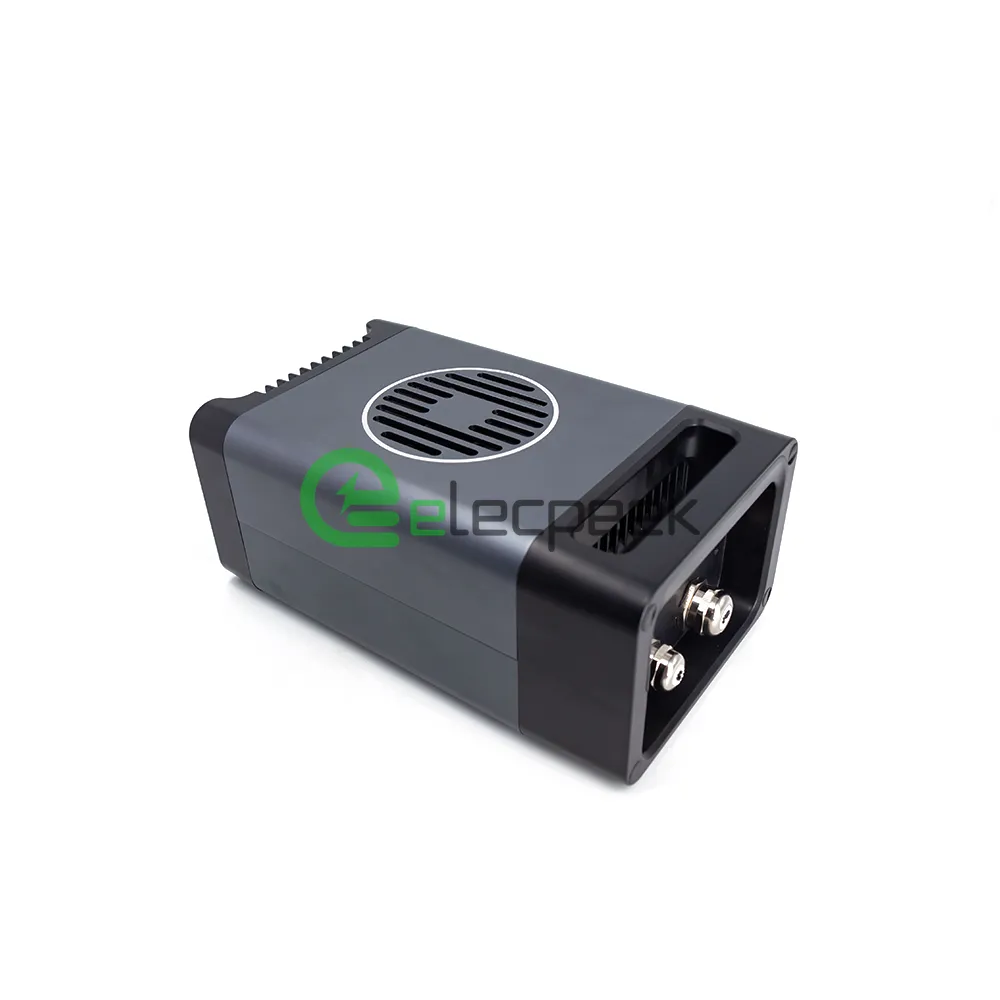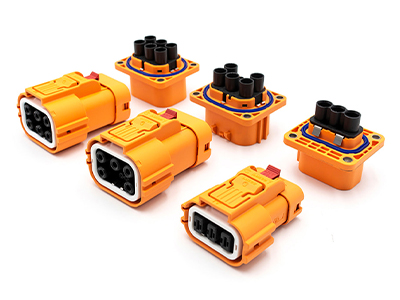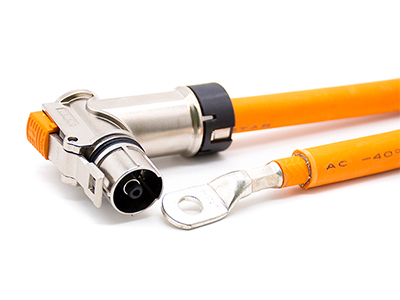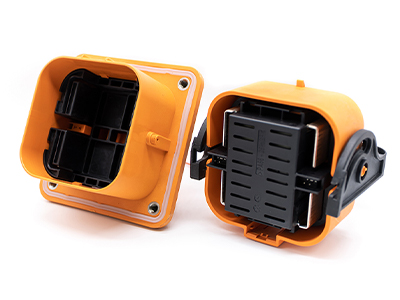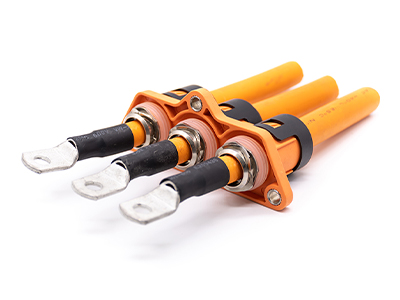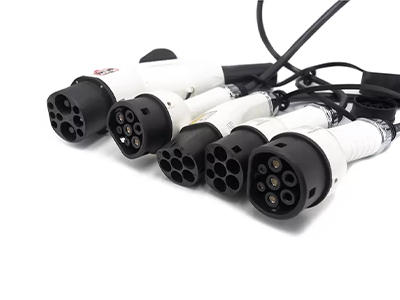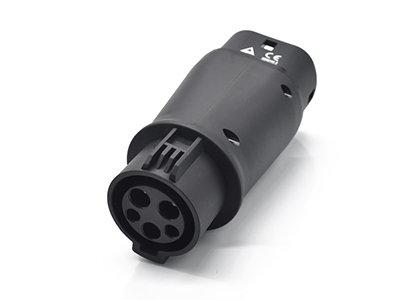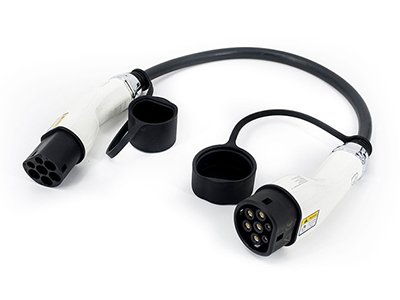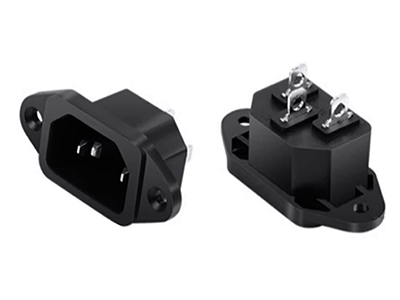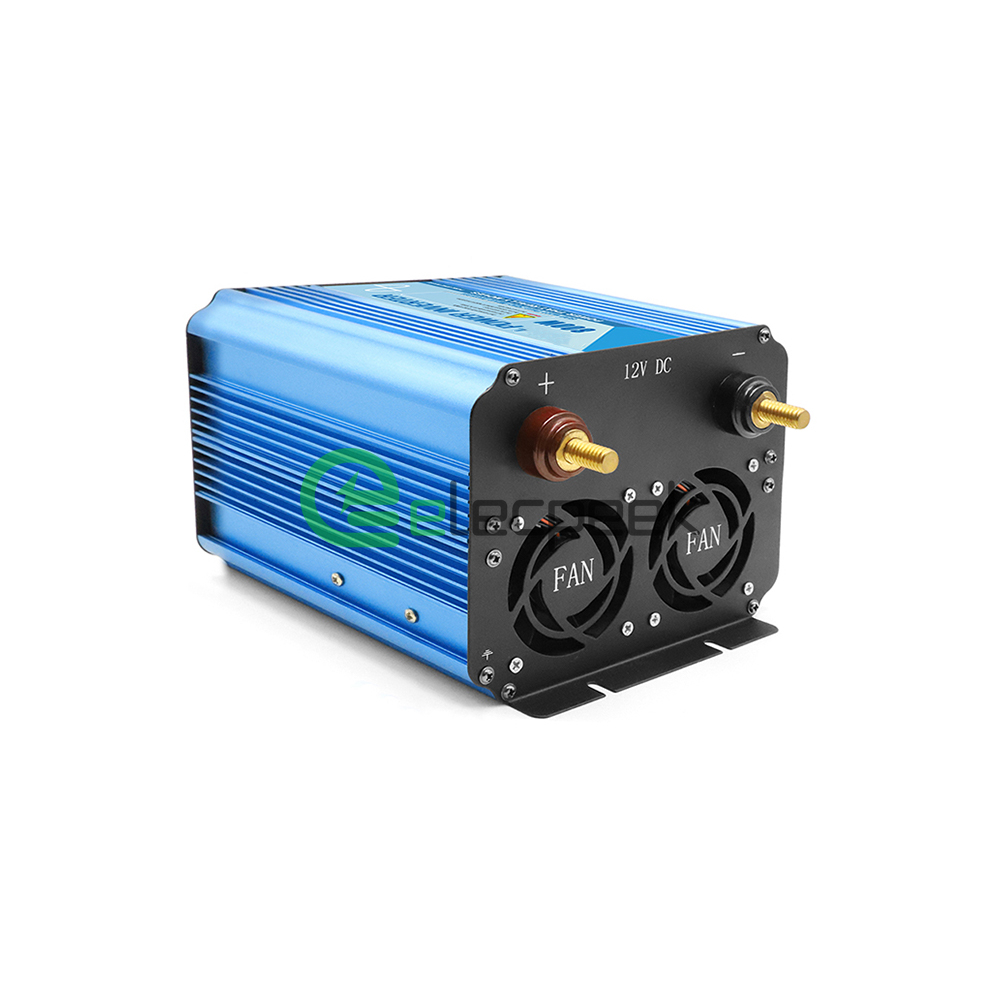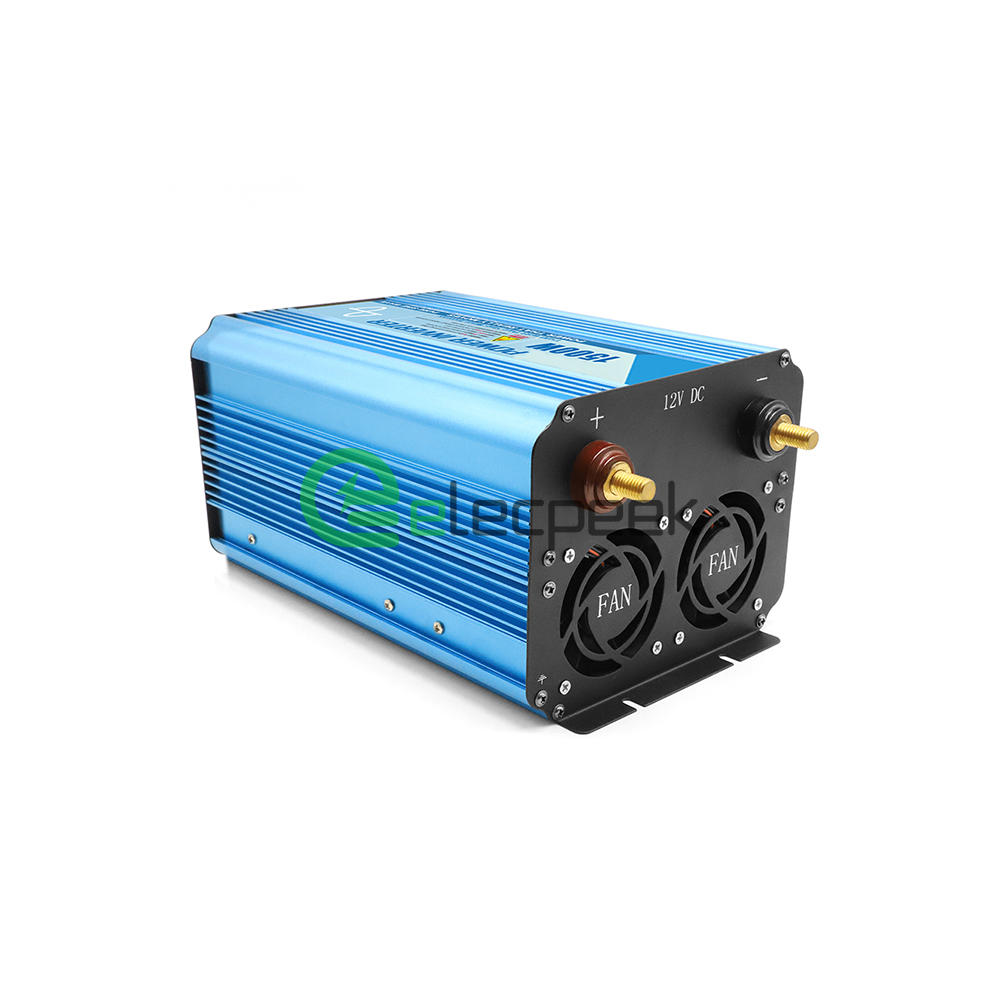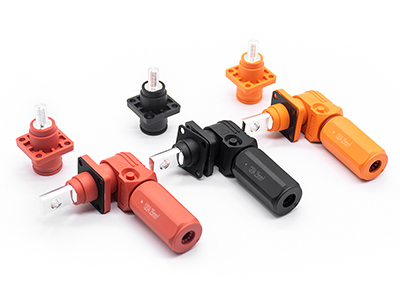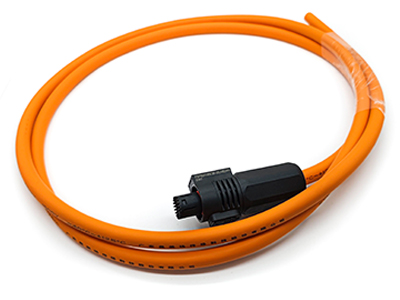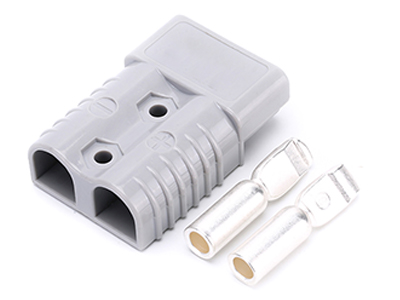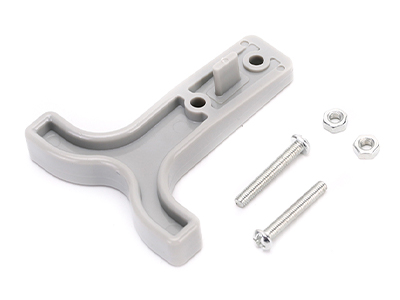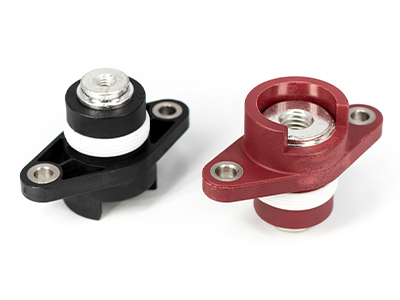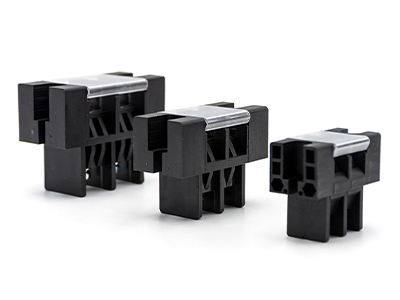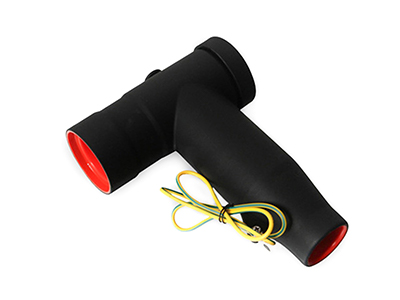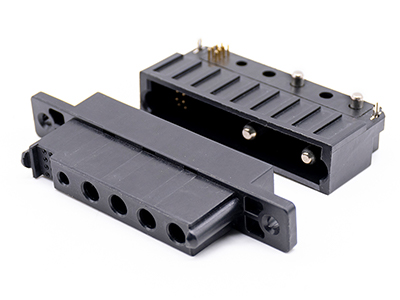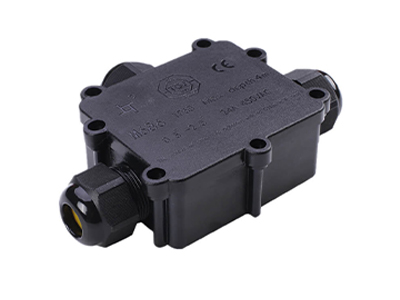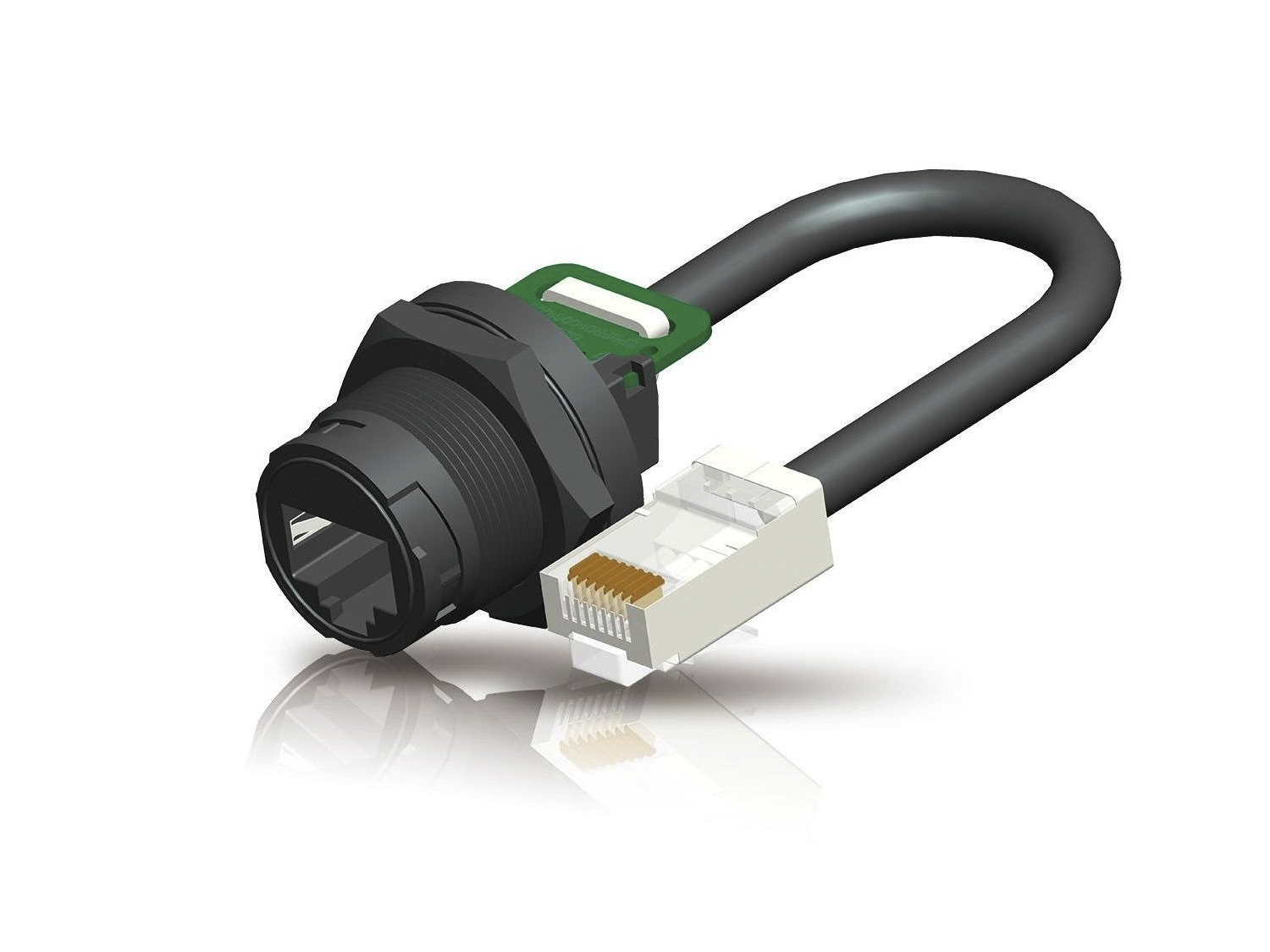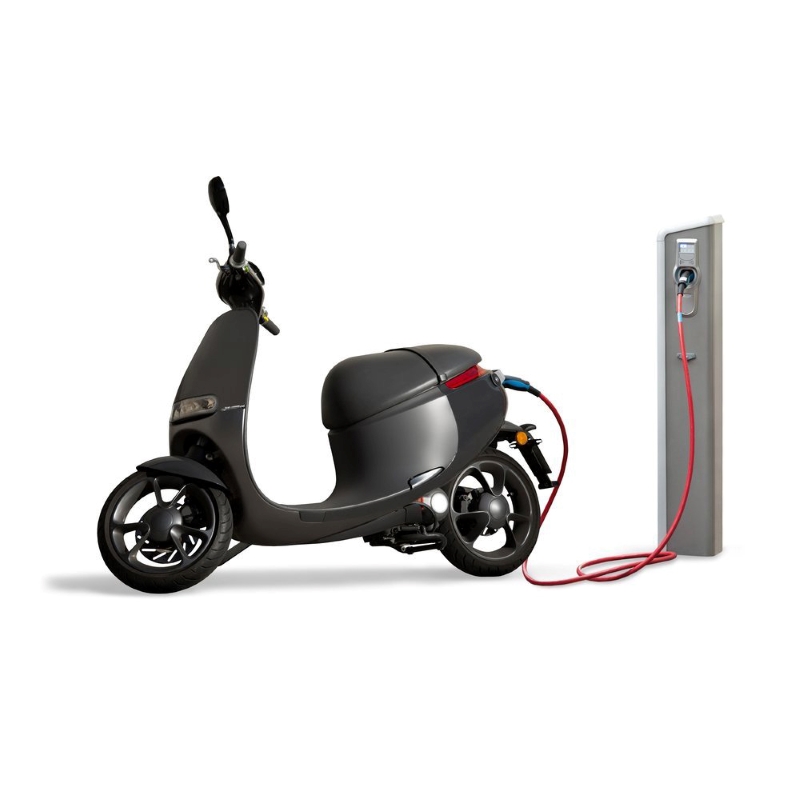FAQ
Digging Deep into the Heart of the SAE J1772 Plug
Electrification has sent shockwaves through the automotive world, with the humble electric vehicle (EV) charger becoming as essential as the gas pump. Among these, the SAE J1772 plug holds a significant place. Let’s embark on a journey to understand the key components of this marvel.
The Body of the Beast: The J1772 Plug Housing
Say hello to the outer shell, the first thing you see when you lay your eyes on the SAE J1772 plug. It’s more than just a pretty face, though.
Material Matters
Crafted from high-grade, heat-resistant plastic, the housing can withstand the typical stresses that come its way. It’s built to last, just like the old workhorse at your grandpa’s farm. And boy, it sure does put up with a lot—from extreme temperatures to accidental drops, and of course, the occasional forgetful driver who yanks it out with a little too much gusto.
Designed for Durability
The design is ergonomic, fitting snugly into your hand like it was meant to be there. One look at its weatherproof form factor, and you’ll know it’s got what it takes to brave the elements. Rain, snow, or shine, this plug stays in the game. It also flaishes a locking feature to ensure a secure connection, because after all, you wouldn’t want your charging session to be interrupted by a gust of wind or a nosy raccoon.
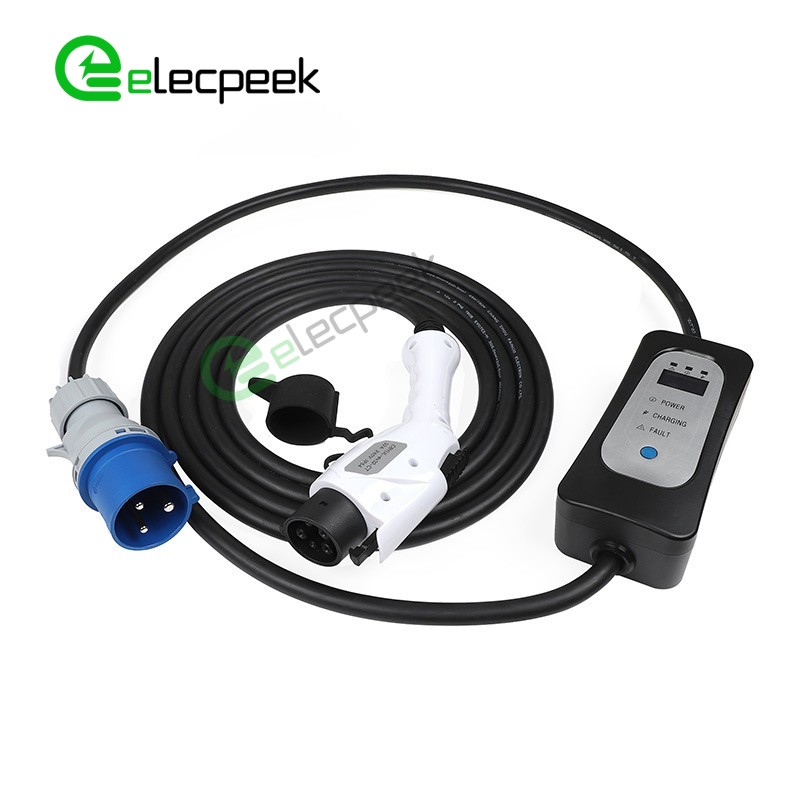
Under the Hood: The Power Contacts and Proximity Circuit
Now that we’ve addressed the exterior, let’s roll up our sleeves and dig into the heart of the SAE J1772 plug. It’s not all looks, after all.
A Powerful Duo: The Power Contacts
Meet the power contacts. These are two hefty pins responsible for the energy transfer that charges your EV. They carry AC power from the charging station to the vehicle. It’s a tough job, but someone’s got to do it. These guys are the unsung heroes, providing the lifeblood that keeps your EV going. Without them, you’d be left in the dust.
Security Guardian: The Proximity Circuit
But what about safety, you ask? Enter the proximity circuit, the vigilant guardian of the J1772 plug. This system communicates with the vehicle, preventing it from starting if the charger is still connected. It’s a bit like your mom reminding you to take your keys out of the ignition before you head inside the house.
More Than Meets the Eye: The Control Pilot and Ground Pin
Lastly, let’s pay tribute to the components that, while less obvious, play a critical role in the smooth operation of the SAE J1772 plug.
The Middleman: The Control Pilot
The control pilot is the middleman in the charging process, facilitating the conversation between your EV and the charging station. It communicates the maximum available current, ensuring the EV doesn’t bite off more than it can chew. Imagine it as the diplomat smoothing things over at the negotiation table.
Earth’s Ally: The Ground Pin
And last, but definitely not least, the ground pin. This is your safety net, providing a path for electrical currents to be safely directed towards the ground in case of a fault. It’s the superhero lurking in the shadows, stepping in just when you need it the most.
Wrapping It Up: The SAE J1772 Plug, A Modern Marvel
In the end, the SAE J1772 plug is more than just a plug. It’s a symphony of components, each playing its part to deliver a seamless and safe charging experience. It’s the silent partner in our quest towards a cleaner, more sustainable future. The journey through its key components gives us a glimpse into the intricate world of EV charging, a world that’s set to become an integral part of our everyday lives. So, next time you plug in your EV, take a moment to appreciate the silent symphony at work.

